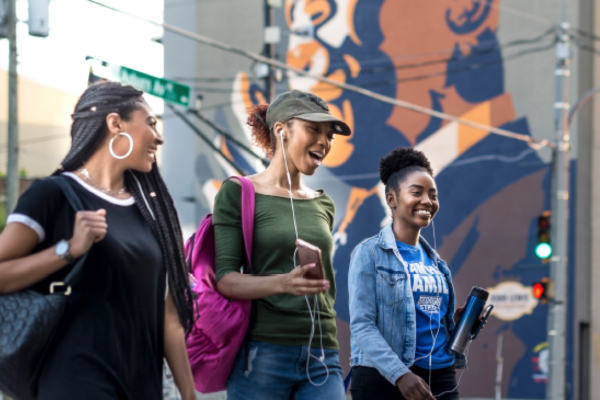Report Finds Most Colleges Did Not Consider Race Before 2023 Supreme Court Decision
Title: Admissions at most colleges will be unaffected by Supreme Court ruling on affirmative action
Authors: Sarah Reber, Gabriela Goodman, Rina Nagashima
Source: Brookings Institute
One of the primary concerns after the Supreme Court’s 2023 decision on the consideration of race in higher education is that the number of students from historically excluded backgrounds will decline. However, a recent report from the Brookings Institute argues that the biggest changes in racial and ethnic demographics will occur at selective schools that previously considered race in admissions.
Among the key findings:
A large share of students attend community colleges and minimally selective/open-access institutions, which are not impacted by the Court’s decision. Of all full-time undergraduate students enrolling in 2019, 51 percent of Black students, 46 percent of Native American and Alaska Native students, and 43 percent of Hispanic students enrolled in minimally selective or open access four-year institutions. Comparatively, 19 percent of Hispanic or Latino students, 15 percent of Black students, and 13 percent of Native American or Alaska Native enrolled in selective four-year institutions.
Compared to less selective institutions, highly selective institutions were more likely to consider race in admissions before the Supreme Court’s ruling. Over three quarters (76 percent) of the most selective institutions used affirmative action, while less than about 10 percent of institutions in the bottom three selectivity levels considered race. Additionally, more private schools used affirmative action than public schools; while 32 percent of private schools considered race, only 18 percent of public schools did. Among all schools, 17 percent of students enrolled at public institutions in states that had previously banned affirmative action in college admissions.
Whereas 34 percent of students attended a college that did not factor in race in admissions, 22 percent of all students went to schools that considered race. Less than a fifth of Hispanic/Latino, Black, and Native American or Alaska Native students enrolled at schools that considered race in admissions.
The authors conclude there is concern for a chilling effect or decrease in the number of applications from students from historically excluded backgrounds, at more highly selective institutions. While the full impact of Supreme Court’s decision is still unclear, there may be implications for other race-conscious practices such as student support programs, scholarships, and outreach.
To read the full report, click here.
—Erica Swirsky
If you have any questions or comments about this blog post, please contact us.


